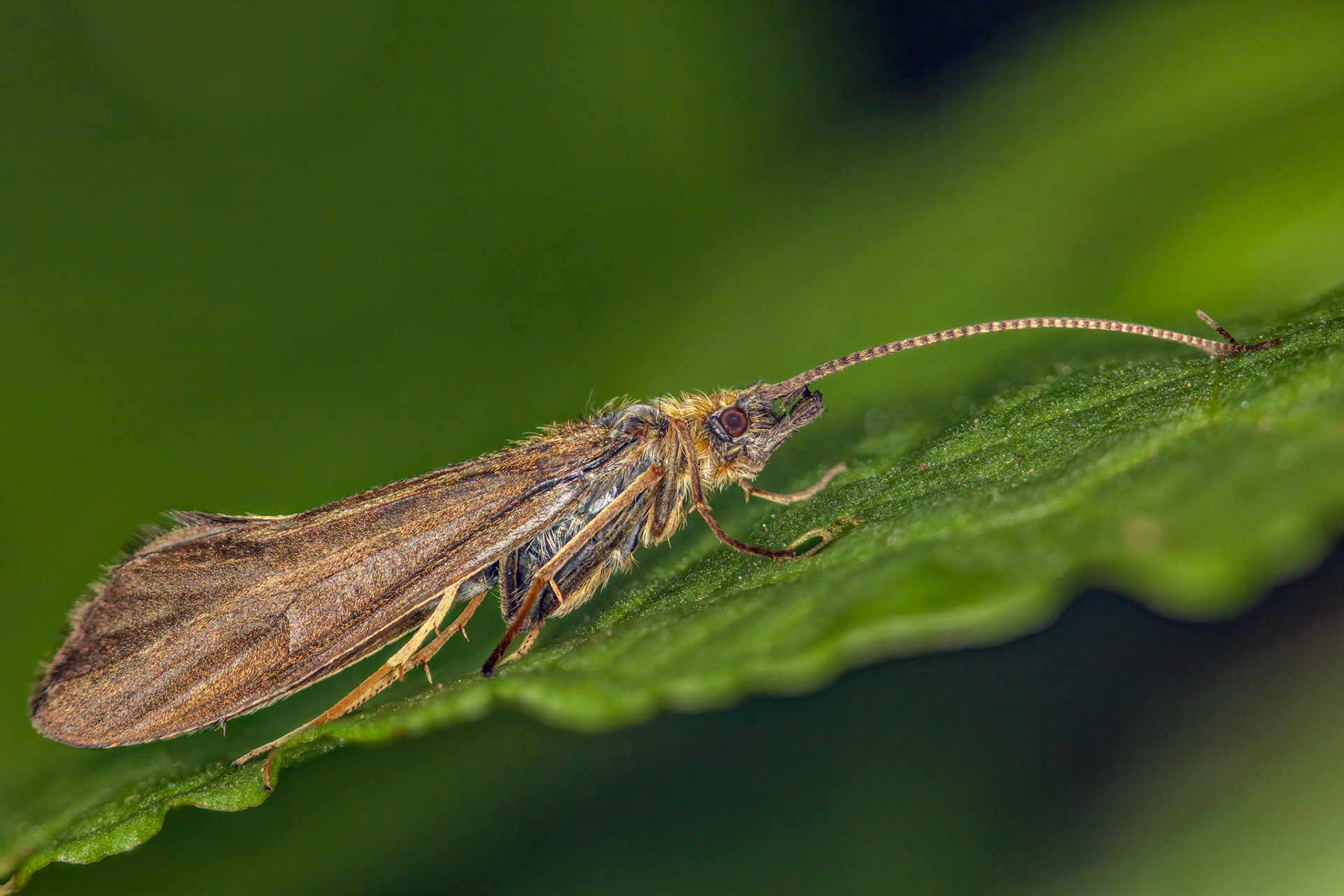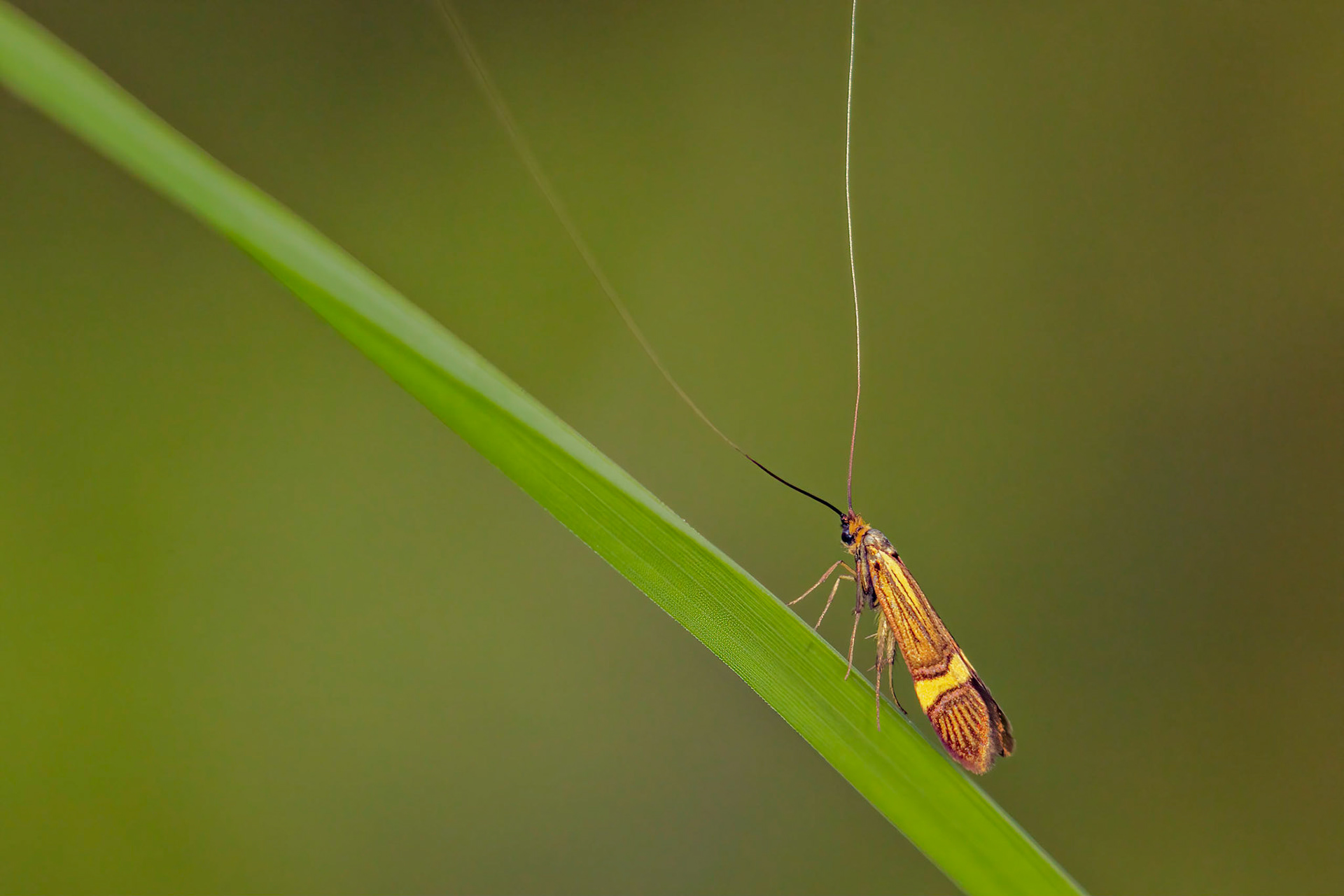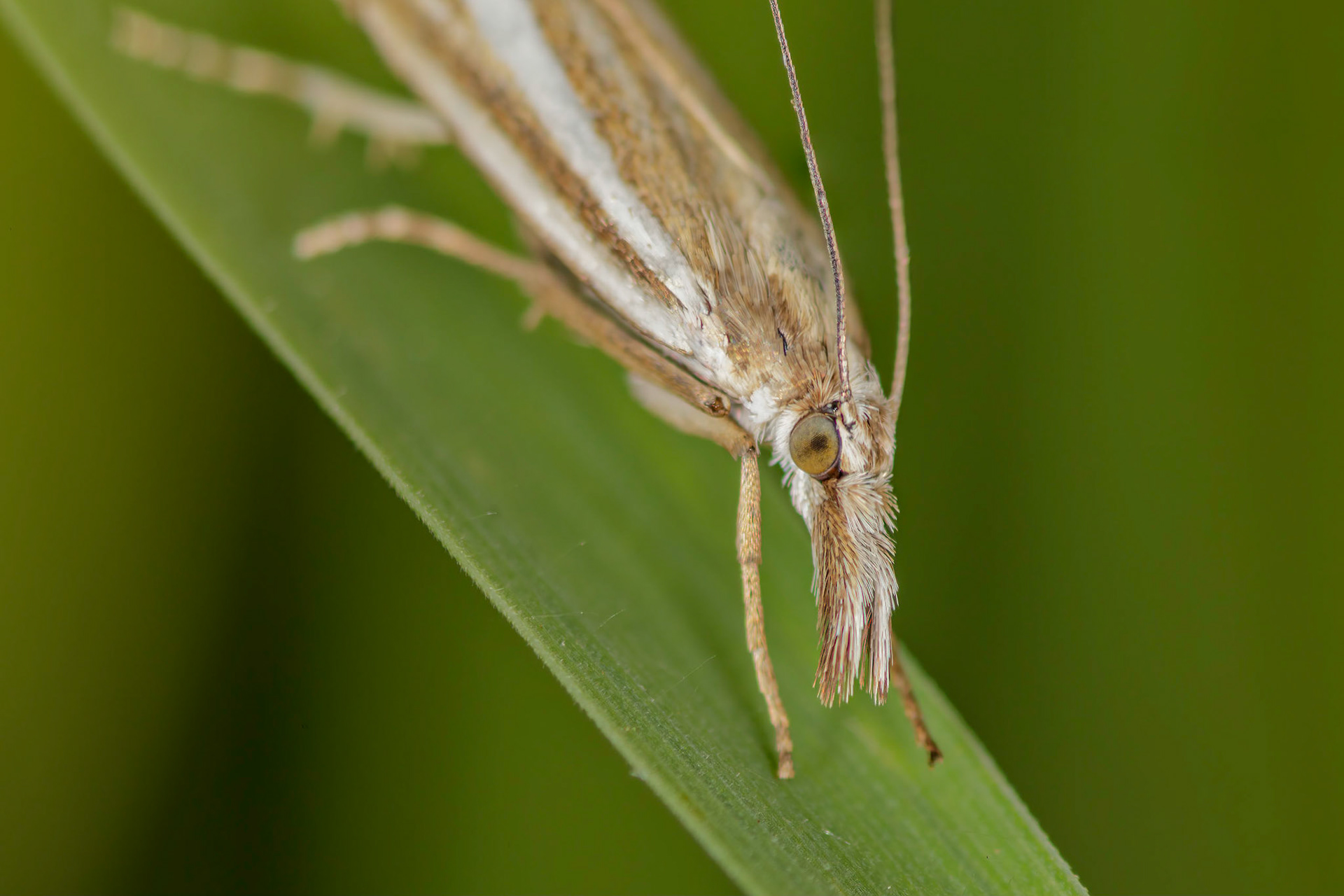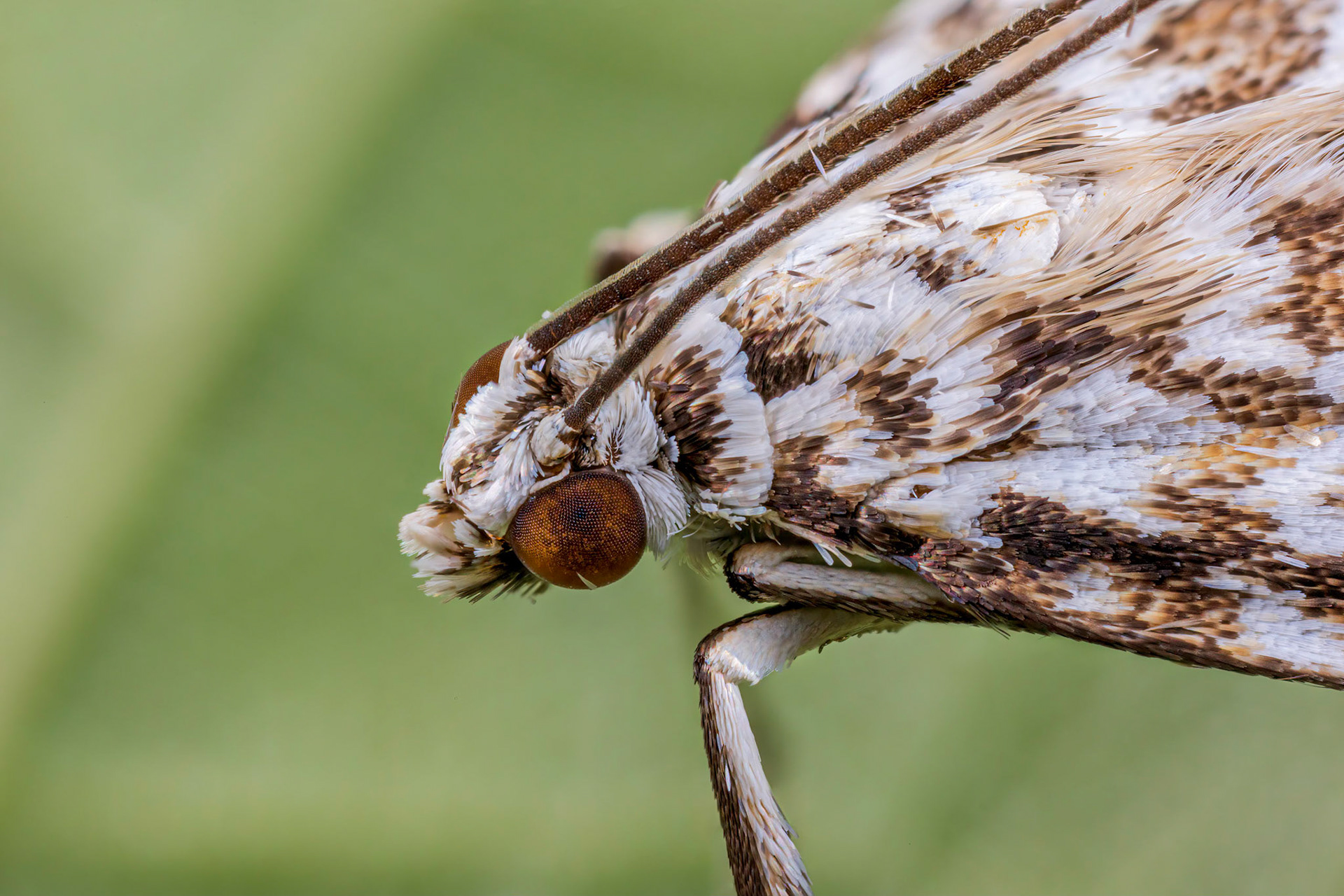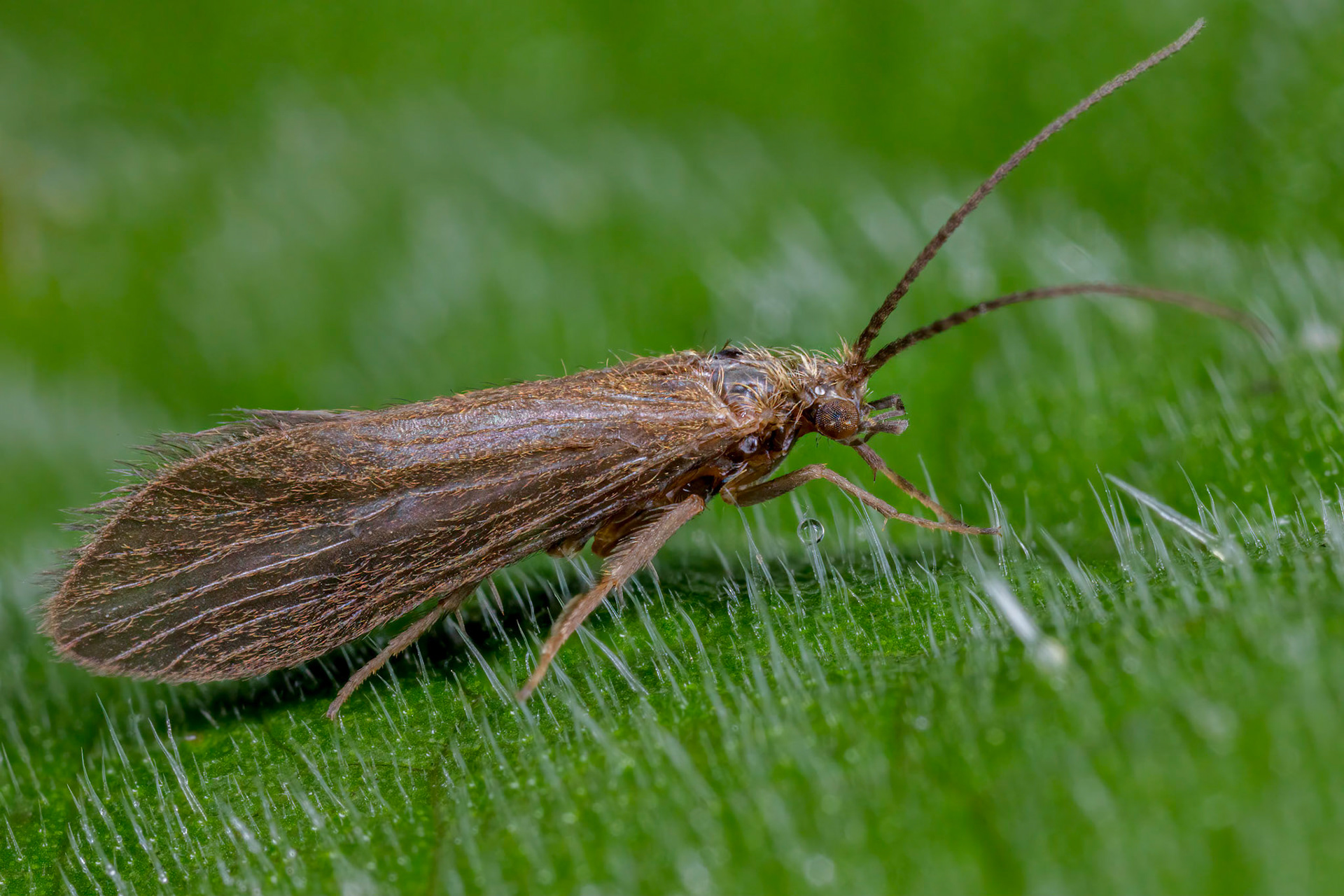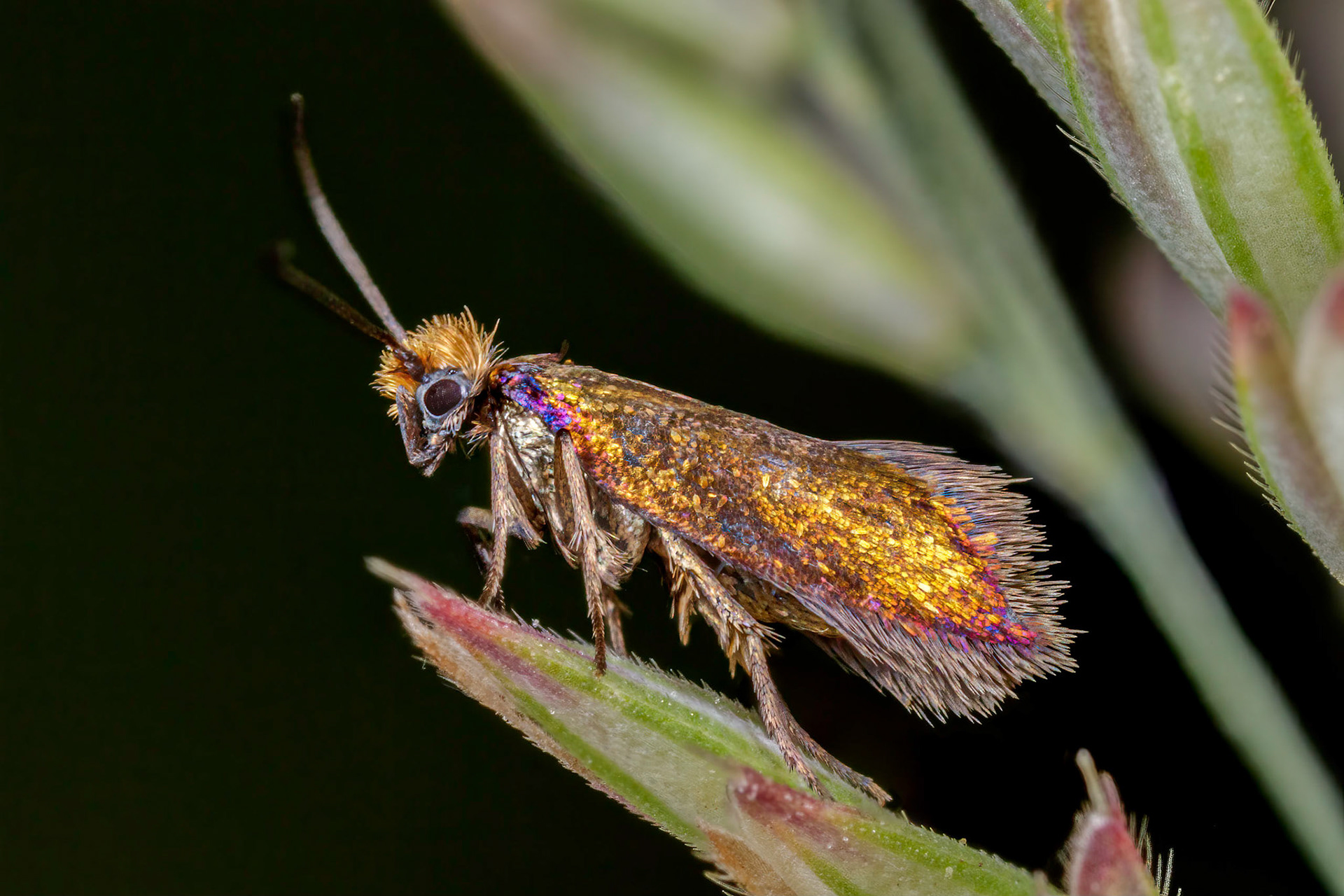
Photo Stack: 2Crop: 3x2

Plain Gold (Micropterix calthella)

Dun-bar-caterpillar (Cosmia trapezina)

Dun-bar-caterpillar (Cosmia trapezina)

A Lackey Moth Caterpillar crawling around in Deodar Glen within the Killerton National Trust Estate in Devon, UK. I noticed this caterpillar on a walk as it stood out on the green foliage. He was on the walk of his own, so I could only grab a few different poses of it before it went into the depths of the woodland plants. I tried to capture his face and get his body in the frame so you could still easily identify the caterpillar. The final image is a compilation of focus-stacked pictures.

Lackey Moth Caterpillar

Lackey Moth Caterpillar

Lackey Moth Caterpillar

Photo Stack: 28Crop: 16x9Magnification: 8xA female Green Longhorn Moth (Adela reaumurella) in Deodar Glen within the Killerton National Trust Estate in Devon, UK. The female doesn't have as long of antennae as the male, but I intentionally left out to focus more on the iridescence covering the moth's body.Order: LepidopteraFamily: AdelidaeGenus: AdelaSpecies: Adela reaumurellaWingspan 14-18 mm.A fairly common species in England, Wales and southern Scotland, more local in Ireland.The males have long, whitish antennae, the females shorter, both sexes having bronzy or metallic greenish forewings. The moths fly in the daytime during May and June, sometimes occurring in swarms.The caterpillar lives in a portable case and feeds on leaf-litter.https://en.wikipedia.org/wiki/Green_longhornhttps://uknature.co.uk/moths/A.reaumurella-info.htmlhttps://www.ukmoths.org.uk/species/adela-reaumurella/female-5/

Photo Stack: 9Crop: 2x1Magnification: 6xOrder: LepidopteraFamily: AdelidaeGenus: AdelaSpecies: Adela reaumurellaWingspan 14-18 mm.A fairly common species in England, Wales and southern Scotland, more local in Ireland.The males have long, whitish antennae, the females shorter, both sexes having bronzy or metallic greenish forewings. The moths fly in the daytime during May and June, sometimes occurring in swarms.The caterpillar lives in a portable case and feeds on leaf-litter.https://en.wikipedia.org/wiki/Green_longhornhttps://uknature.co.uk/moths/A.reaumurella-info.htmlhttps://www.ukmoths.org.uk/species/adela-reaumurella/female-5/Thought it was:Yellow Ermel (Roeslerstammia pronubella)Identified species by google image search have locating Genus.species found: https://www.ukmoths.org.uk/thumbnails/https://en.wikipedia.org/wiki/Roeslerstammia_pronubella

Photo Stack: 27Crop: 2x3Magnification: 10xAn extreme close-up of the male Green Longhorn Moth (Adela reaumurella) resting on a nettle leaf in Deodar Glen within the Killerton National Trust Estate in Devon, UK.Order: LepidopteraFamily: AdelidaeGenus: AdelaSpecies: Adela reaumurellaWingspan 14-18 mm.A fairly common species in England, Wales and southern Scotland, more local in Ireland.The males have long, whitish antennae, the females shorter, both sexes having bronzy or metallic greenish forewings. The moths fly in the daytime during May and June, sometimes occurring in swarms.The caterpillar lives in a portable case and feeds on leaf-litter.https://en.wikipedia.org/wiki/Green_longhornhttps://uknature.co.uk/moths/A.reaumurella-info.htmlhttps://www.ukmoths.org.uk/species/adela-reaumurella/female-5/Thought it was:Yellow Ermel (Roeslerstammia pronubella)Identified species by google image search have locating Genus.species found: https://www.ukmoths.org.uk/thumbnails/https://en.wikipedia.org/wiki/Roeslerstammia_pronubella

Photo Stack: 12Crop: 2x3Magnification: 10xOrder: LepidopteraFamily: AdelidaeGenus: AdelaSpecies: Adela reaumurellaWingspan 14-18 mm.A fairly common species in England, Wales and southern Scotland, more local in Ireland.The males have long, whitish antennae, the females shorter, both sexes having bronzy or metallic greenish forewings. The moths fly in the daytime during May and June, sometimes occurring in swarms.The caterpillar lives in a portable case and feeds on leaf-litter.https://en.wikipedia.org/wiki/Green_longhornhttps://uknature.co.uk/moths/A.reaumurella-info.htmlhttps://www.ukmoths.org.uk/species/adela-reaumurella/female-5/Thought it was:Yellow Ermel (Roeslerstammia pronubella)Identified species by google image search have locating Genus.species found: https://www.ukmoths.org.uk/thumbnails/https://en.wikipedia.org/wiki/Roeslerstammia_pronubella

Photo Stack: 5Crop: 4x5Magnification: 10xOrder: LepidopteraFamily: AdelidaeGenus: AdelaSpecies: Adela reaumurellaWingspan 14-18 mm.A fairly common species in England, Wales and southern Scotland, more local in Ireland.The males have long, whitish antennae, the females shorter, both sexes having bronzy or metallic greenish forewings. The moths fly in the daytime during May and June, sometimes occurring in swarms.The caterpillar lives in a portable case and feeds on leaf-litter.https://en.wikipedia.org/wiki/Green_longhornhttps://uknature.co.uk/moths/A.reaumurella-info.htmlhttps://www.ukmoths.org.uk/species/adela-reaumurella/female-5/Thought it was:Yellow Ermel (Roeslerstammia pronubella)Identified species by google image search have locating Genus.species found: https://www.ukmoths.org.uk/thumbnails/https://en.wikipedia.org/wiki/Roeslerstammia_pronubella

Photo Stack: 40Crop: 1x1Magnification: 6xKingdom: AnimaliaPhylum: ArthropodaClass: InsectaOrder: LepidopteraFamily: RoeslerstammiidaeGenus: RoeslerstammiaSpecies: R. pronubellaIdentified species by google image search have locating Genus.species found: https://www.ukmoths.org.uk/thumbnails/https://en.wikipedia.org/wiki/Roeslerstammia_pronubella

Photo Stack: 2Crop: 2x3Magnification: 10x

Coxcomb Prominent caterpillar (Ptilodon capucina)

Common Wave (Cabera exanthemata) caterpillar

Common Wave (Cabera exanthemata) caterpillar

Caddisfliy (Trichoptera)

Caddisfliy (Trichoptera)

Dark Spectacle caterpillar (Abrostola triplasia)

Dark Spectacle caterpillar (Abrostola triplasia)

Photo Stack: 29 imagesCrop 16:10Magnification: 3-4x

Dark Spectacle caterpillar (Abrostola triplasia)

Similar to Peach Blossom Moth Caterpillar

Dark Spectacle caterpillar (Abrostola triplasia)

Plain Goldhttps://suffolkmoths.co.uk/micros.php?bf=509 photo stackhttps://www.ukmoths.org.uk/species/micropterix-calthella/A Micropterix calthella, a micro-moth, is covered in golden balls of pollen from a creeping buttercup flower found in Mutter's Moor near Sidmouth, Devon, UK. I had several micro-moths to choose from when I came across the group of buttercups they were feeding on. Without the magnification of the lens, I couldn't tell what I was going to get, but the moment I saw this little moth, I knew I had the perfect subject. The final image is a compilation of focus-stacked pictures.

Photo Stack: 8Crop: 3x2Magnification: x10

Photo Stack: 8Crop: 3x2Magnification: x10

Photo Stack: 5Crop: 3x2Magnification: x10

Photo Stack: 5Crop: 3x2Magnification: x6

Photo Stack: 18Crop: 2x3Magnification: 6xDingy Footman Eilema griseolaWingspan 32-40 mm.Several of the Eilema species can be difficult to tell apart, but this moth has broader, more rounded forewings than many of the others. It can be quite greyish, but a yellowish form, ab. straminola does occur in places.It flies in July and August, and can be found around damp woodland, fens and sea-cliffs.It is fairly common in the southern half of England and Wales, and feeds on various lichens.https://www.ukmoths.org.uk/species/eilema-griseola/ab-stramineola/

Photo Stack: 35Crop: 2x3Magnification: 6xDingy Footman Eilema griseolaWingspan 32-40 mm.Several of the Eilema species can be difficult to tell apart, but this moth has broader, more rounded forewings than many of the others. It can be quite greyish, but a yellowish form, ab. straminola does occur in places.It flies in July and August, and can be found around damp woodland, fens and sea-cliffs.It is fairly common in the southern half of England and Wales, and feeds on various lichens.https://www.ukmoths.org.uk/species/eilema-griseola/ab-stramineola/

Photo Stack: 19Crop: 2x3Magnification: 6xDingy Footman Eilema griseolaWingspan 32-40 mm.Several of the Eilema species can be difficult to tell apart, but this moth has broader, more rounded forewings than many of the others. It can be quite greyish, but a yellowish form, ab. straminola does occur in places.It flies in July and August, and can be found around damp woodland, fens and sea-cliffs.It is fairly common in the southern half of England and Wales, and feeds on various lichens.https://www.ukmoths.org.uk/species/eilema-griseola/ab-stramineola/

Photo Stack: 37Crop: 2x3Magnification: 6xDingy Footman Eilema griseolaWingspan 32-40 mm.Several of the Eilema species can be difficult to tell apart, but this moth has broader, more rounded forewings than many of the others. It can be quite greyish, but a yellowish form, ab. straminola does occur in places.It flies in July and August, and can be found around damp woodland, fens and sea-cliffs.It is fairly common in the southern half of England and Wales, and feeds on various lichens.https://www.ukmoths.org.uk/species/eilema-griseola/ab-stramineola/

Photo Stack: 50Crop: 2x3Magnification: 6xDingy Footman Eilema griseolaWingspan 32-40 mm.Several of the Eilema species can be difficult to tell apart, but this moth has broader, more rounded forewings than many of the others. It can be quite greyish, but a yellowish form, ab. straminola does occur in places.It flies in July and August, and can be found around damp woodland, fens and sea-cliffs.It is fairly common in the southern half of England and Wales, and feeds on various lichens.https://www.ukmoths.org.uk/species/eilema-griseola/ab-stramineola/

Photo Stack: 17Crop: 2x3Magnification: 8xDingy Footman Eilema griseolaWingspan 32-40 mm.Several of the Eilema species can be difficult to tell apart, but this moth has broader, more rounded forewings than many of the others. It can be quite greyish, but a yellowish form, ab. straminola does occur in places.It flies in July and August, and can be found around damp woodland, fens and sea-cliffs.It is fairly common in the southern half of England and Wales, and feeds on various lichens.https://www.ukmoths.org.uk/species/eilema-griseola/ab-stramineola/

Photo Stack: 23Crop: 2x3Magnification: 10xDingy Footman Eilema griseolaWingspan 32-40 mm.Several of the Eilema species can be difficult to tell apart, but this moth has broader, more rounded forewings than many of the others. It can be quite greyish, but a yellowish form, ab. straminola does occur in places.It flies in July and August, and can be found around damp woodland, fens and sea-cliffs.It is fairly common in the southern half of England and Wales, and feeds on various lichens.https://www.ukmoths.org.uk/species/eilema-griseola/ab-stramineola/

https://www.ukbutterflies.co.uk/family.php?name=Hesperiidae

Plain Gold (Micropterix calthella)

Plain Gold (Micropterix calthella)

Plain Gold (Micropterix calthella)

https://www.ukmoths.org.uk/species/micropterix-calthella/
![Eriocrania subpurpurellaOne or 6 moths in the the family of the Eriocraniidae.Photo Stack: 22Crop: 3x2Magnification: 6xOrder: LepidopteraSuborder: GlossataInfraorder: DacnonyphaHinton, 1946 sensu Minet, 2002[1]Superfamily: EriocranioideaFamily: EriocraniidaeEriocraniidae is a family of moths restricted to the Holarctic region, with six extant genera. These small, metallic moths are usually day-flying, emerging fairly early in the northern temperate Spring. They have a proboscis with which they drink water or sap. The larvae are leaf miners on Fagales, principally the trees birch (Betula) and oak (Quercus) but a few on Salicales and Rosales.https://en.wikipedia.org/wiki/Eriocraniidaehttps://www.ukmoths.org.uk/thumbnails/eriocraniidae](data:image/gif;base64,R0lGODlhAQABAIAAAAAAAP///yH5BAEAAAAALAAAAAABAAEAAAIBRAA7)
Eriocrania subpurpurellaOne or 6 moths in the the family of the Eriocraniidae.Photo Stack: 22Crop: 3x2Magnification: 6xOrder: LepidopteraSuborder: GlossataInfraorder: DacnonyphaHinton, 1946 sensu Minet, 2002[1]Superfamily: EriocranioideaFamily: EriocraniidaeEriocraniidae is a family of moths restricted to the Holarctic region, with six extant genera. These small, metallic moths are usually day-flying, emerging fairly early in the northern temperate Spring. They have a proboscis with which they drink water or sap. The larvae are leaf miners on Fagales, principally the trees birch (Betula) and oak (Quercus) but a few on Salicales and Rosales.https://en.wikipedia.org/wiki/Eriocraniidaehttps://www.ukmoths.org.uk/thumbnails/eriocraniidae
![Eriocrania subpurpurellaOne or 6 moths in the the family of the Eriocraniidae.Photo Stack: 22Crop: 3x2Magnification: 6xOrder: LepidopteraSuborder: GlossataInfraorder: DacnonyphaHinton, 1946 sensu Minet, 2002[1]Superfamily: EriocranioideaFamily: EriocraniidaeEriocraniidae is a family of moths restricted to the Holarctic region, with six extant genera. These small, metallic moths are usually day-flying, emerging fairly early in the northern temperate Spring. They have a proboscis with which they drink water or sap. The larvae are leaf miners on Fagales, principally the trees birch (Betula) and oak (Quercus) but a few on Salicales and Rosales.https://en.wikipedia.org/wiki/Eriocraniidaehttps://www.ukmoths.org.uk/thumbnails/eriocraniidae](data:image/gif;base64,R0lGODlhAQABAIAAAAAAAP///yH5BAEAAAAALAAAAAABAAEAAAIBRAA7)
Eriocrania subpurpurellaOne or 6 moths in the the family of the Eriocraniidae.Photo Stack: 22Crop: 3x2Magnification: 6xOrder: LepidopteraSuborder: GlossataInfraorder: DacnonyphaHinton, 1946 sensu Minet, 2002[1]Superfamily: EriocranioideaFamily: EriocraniidaeEriocraniidae is a family of moths restricted to the Holarctic region, with six extant genera. These small, metallic moths are usually day-flying, emerging fairly early in the northern temperate Spring. They have a proboscis with which they drink water or sap. The larvae are leaf miners on Fagales, principally the trees birch (Betula) and oak (Quercus) but a few on Salicales and Rosales.https://en.wikipedia.org/wiki/Eriocraniidaehttps://www.ukmoths.org.uk/thumbnails/eriocraniidae
![Eriocrania subpurpurellaOne or 6 moths in the the family of the Eriocraniidae.Photo Stack: 22Crop: 3x2Magnification: 6xOrder: LepidopteraSuborder: GlossataInfraorder: DacnonyphaHinton, 1946 sensu Minet, 2002[1]Superfamily: EriocranioideaFamily: EriocraniidaeEriocraniidae is a family of moths restricted to the Holarctic region, with six extant genera. These small, metallic moths are usually day-flying, emerging fairly early in the northern temperate Spring. They have a proboscis with which they drink water or sap. The larvae are leaf miners on Fagales, principally the trees birch (Betula) and oak (Quercus) but a few on Salicales and Rosales.https://en.wikipedia.org/wiki/Eriocraniidaehttps://www.ukmoths.org.uk/thumbnails/eriocraniidae](data:image/gif;base64,R0lGODlhAQABAIAAAAAAAP///yH5BAEAAAAALAAAAAABAAEAAAIBRAA7)
Eriocrania subpurpurellaOne or 6 moths in the the family of the Eriocraniidae.Photo Stack: 22Crop: 3x2Magnification: 6xOrder: LepidopteraSuborder: GlossataInfraorder: DacnonyphaHinton, 1946 sensu Minet, 2002[1]Superfamily: EriocranioideaFamily: EriocraniidaeEriocraniidae is a family of moths restricted to the Holarctic region, with six extant genera. These small, metallic moths are usually day-flying, emerging fairly early in the northern temperate Spring. They have a proboscis with which they drink water or sap. The larvae are leaf miners on Fagales, principally the trees birch (Betula) and oak (Quercus) but a few on Salicales and Rosales.https://en.wikipedia.org/wiki/Eriocraniidaehttps://www.ukmoths.org.uk/thumbnails/eriocraniidae

Photo Stack: 10Crop: 2x3Magnification: 6x-8x28.019 BF649Esperia sulphurella(Fabricius, 1775)Wingspan 12-16 mm.A tiny, chocolate-brown moth, marked with lemon-yellow. It rests with its antennae held forward, which are marked with whitish about two-thirds along their length.Usually found in woodland, lanes, hedgerows and gardens throughout the UK, north to central Scotland. It flies during the day, in May and June, and the larvae feed on dead and decaying wood and associated fungi of many native deciduous trees.It flies during the day, in May and June, and the larvae feed on dead wood.https://www.ukmoths.org.uk/species/esperia-sulphurella/adult-2/https://uknature.co.uk/moths/E.sulphurella-info.html

Photo Stack: 3Crop: 2x3Magnification: 6x-8x28.019 BF649Esperia sulphurella(Fabricius, 1775)Wingspan 12-16 mm.A tiny, chocolate-brown moth, marked with lemon-yellow. It rests with its antennae held forward, which are marked with whitish about two-thirds along their length.Usually found in woodland, lanes, hedgerows and gardens throughout the UK, north to central Scotland. It flies during the day, in May and June, and the larvae feed on dead and decaying wood and associated fungi of many native deciduous trees.It flies during the day, in May and June, and the larvae feed on dead wood.https://www.ukmoths.org.uk/species/esperia-sulphurella/adult-2/https://uknature.co.uk/moths/E.sulphurella-info.html

Macro picture of a butterfly

Isabella Tiger butterfly

Orange-barred sulphur (Phoebis philea)

Leafroller Moth (Tortrix moths)

Moth (Crambus)

Yellow-Barred Longhorn (Nemophora degeerella)

Yellow-Barred Longhorn (Nemophora degeerella)

Moth (Crambus)

Moth (Crambus)

Moth (Crambus)

Leafroller Moth (Tortrix moths)

Common Clothes Moth (Tineola bisselliella)

Geometer Moth Caterpillar (Geometridae)

Geometer Moth Caterpillar (Geometridae)

Geometer Moth Caterpillar (Geometridae)

Common Clothes Moth (Tineola bisselliella)

Common Clothes Moth (Tineola bisselliella)

Elephant Hawk-moth (Deilephila elpenor)

Elephant Hawk-moth (Deilephila elpenor)

Elephant Hawk-moth (Deilephila elpenor)

Drinker Moth Caterpillar (Euthrix potatoria)

Drinker Moth Caterpillar (Euthrix potatoria)

Drinker Moth Caterpillar (Euthrix potatoria)

Angle shades (Phlogophora meticulosa)
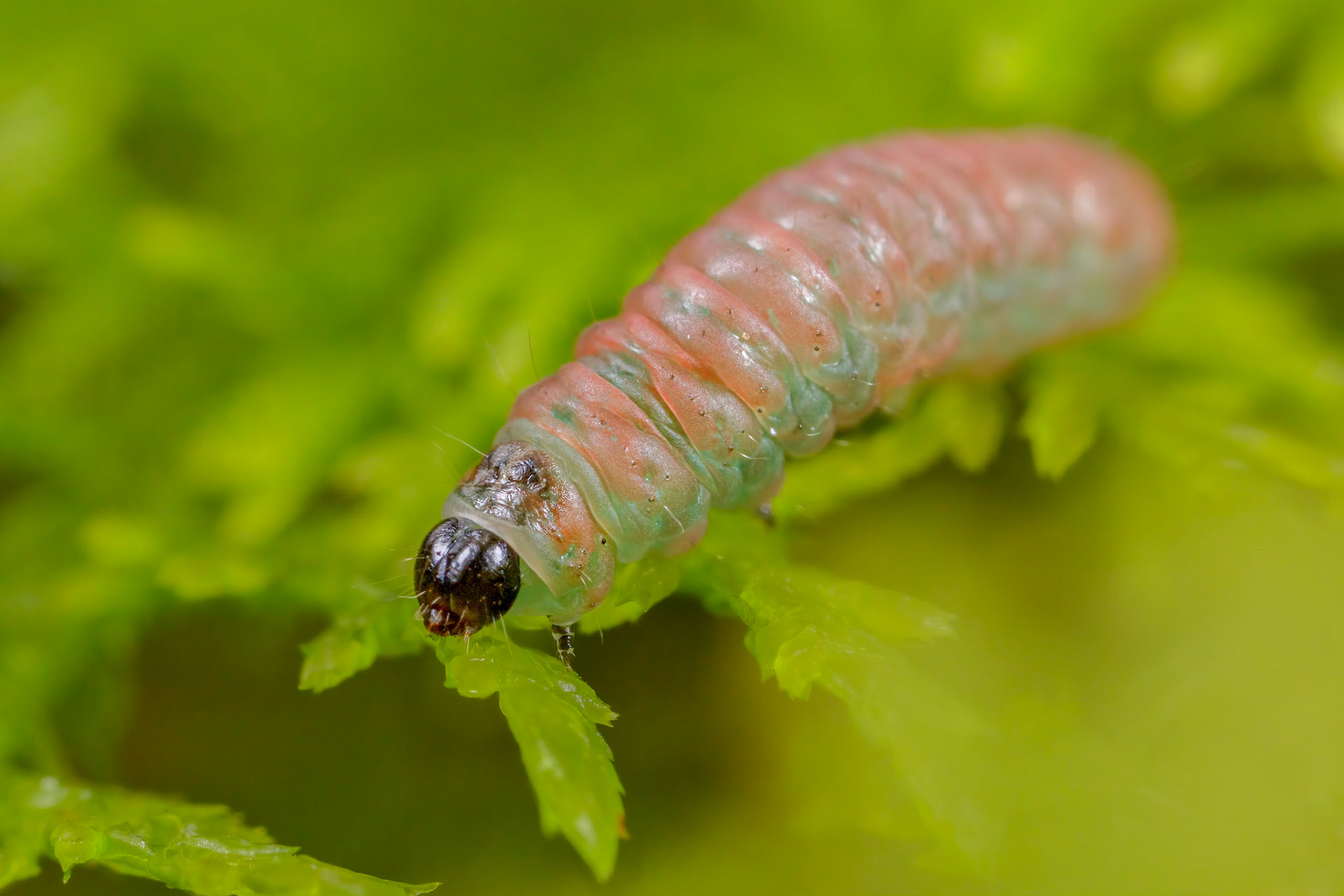


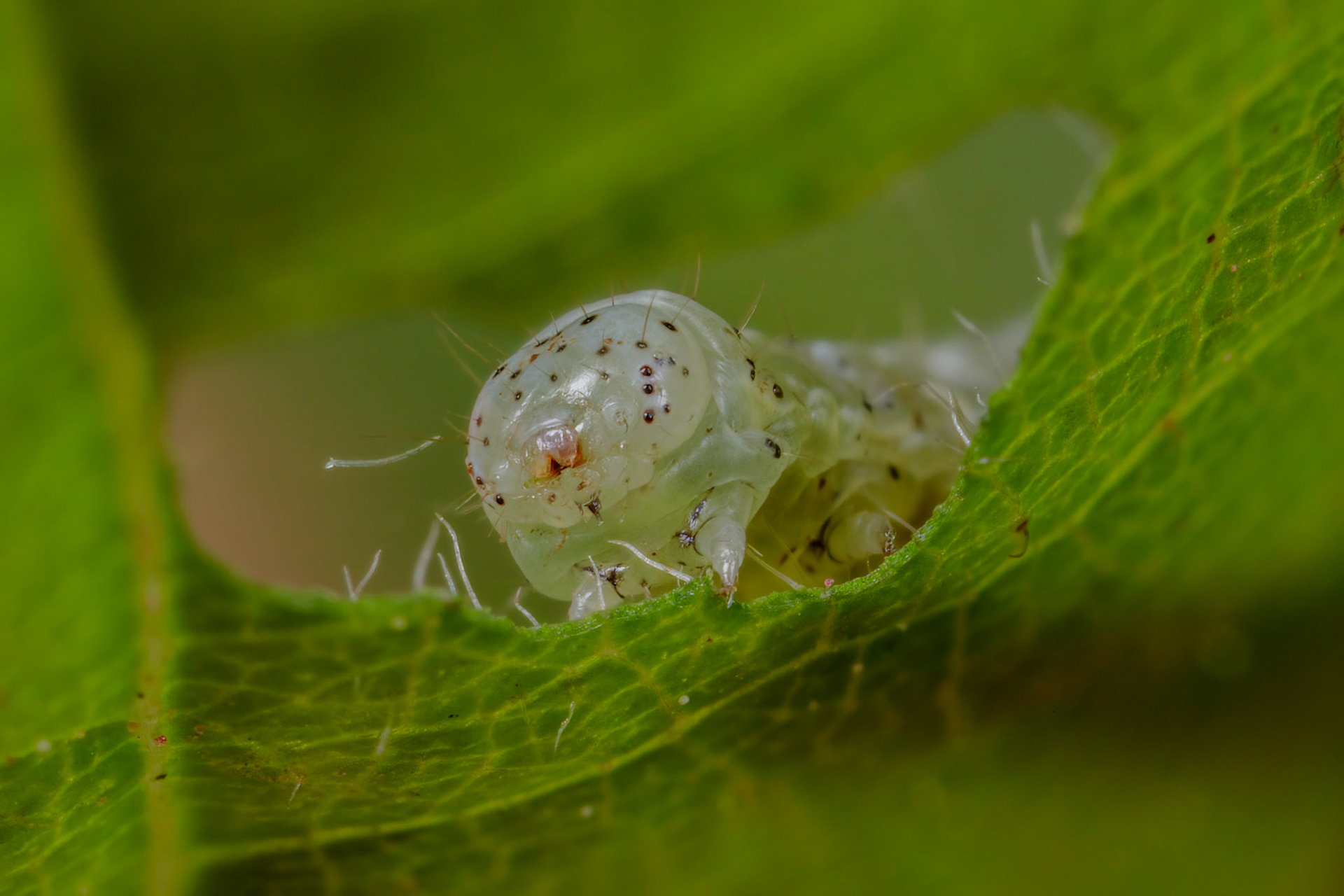




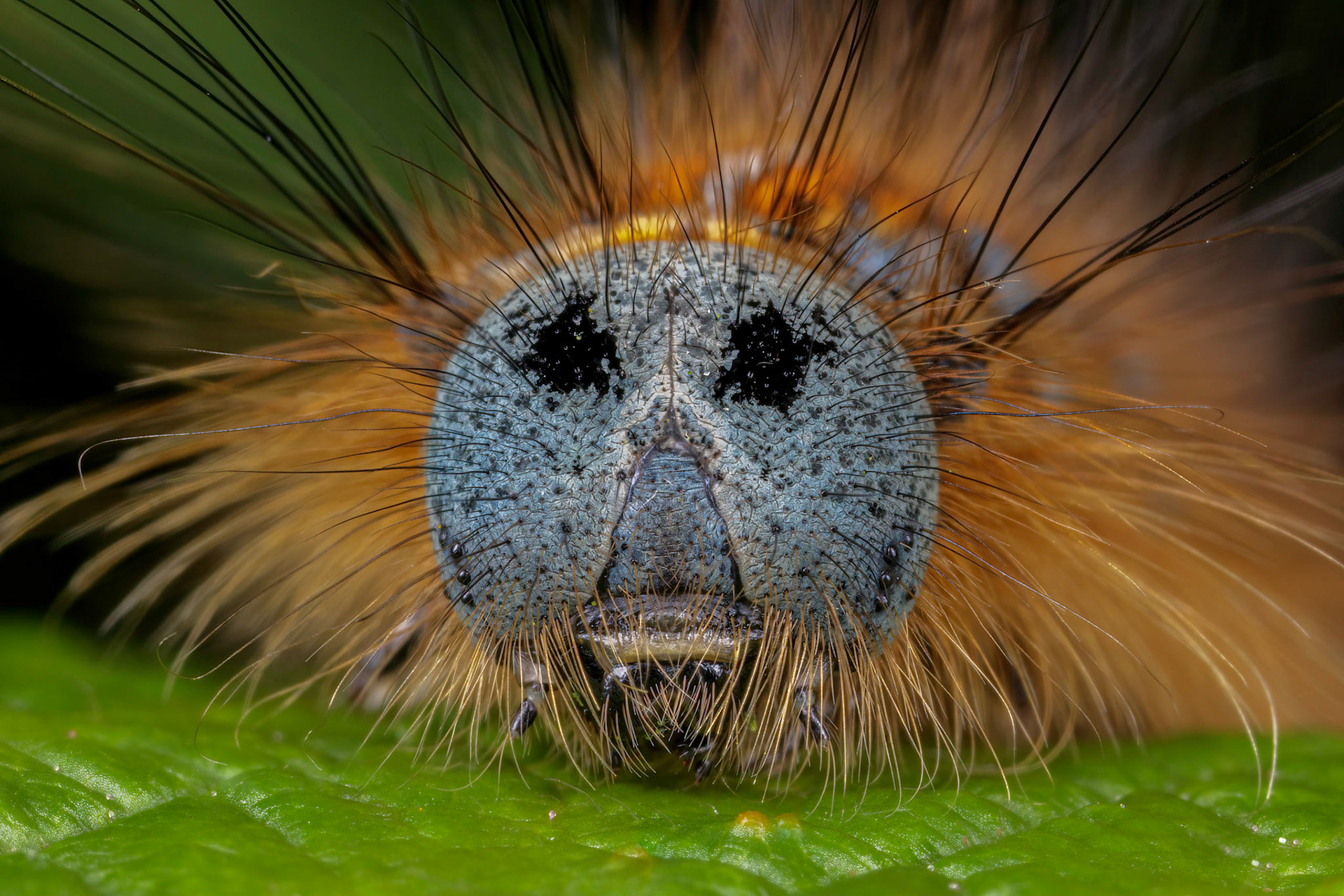




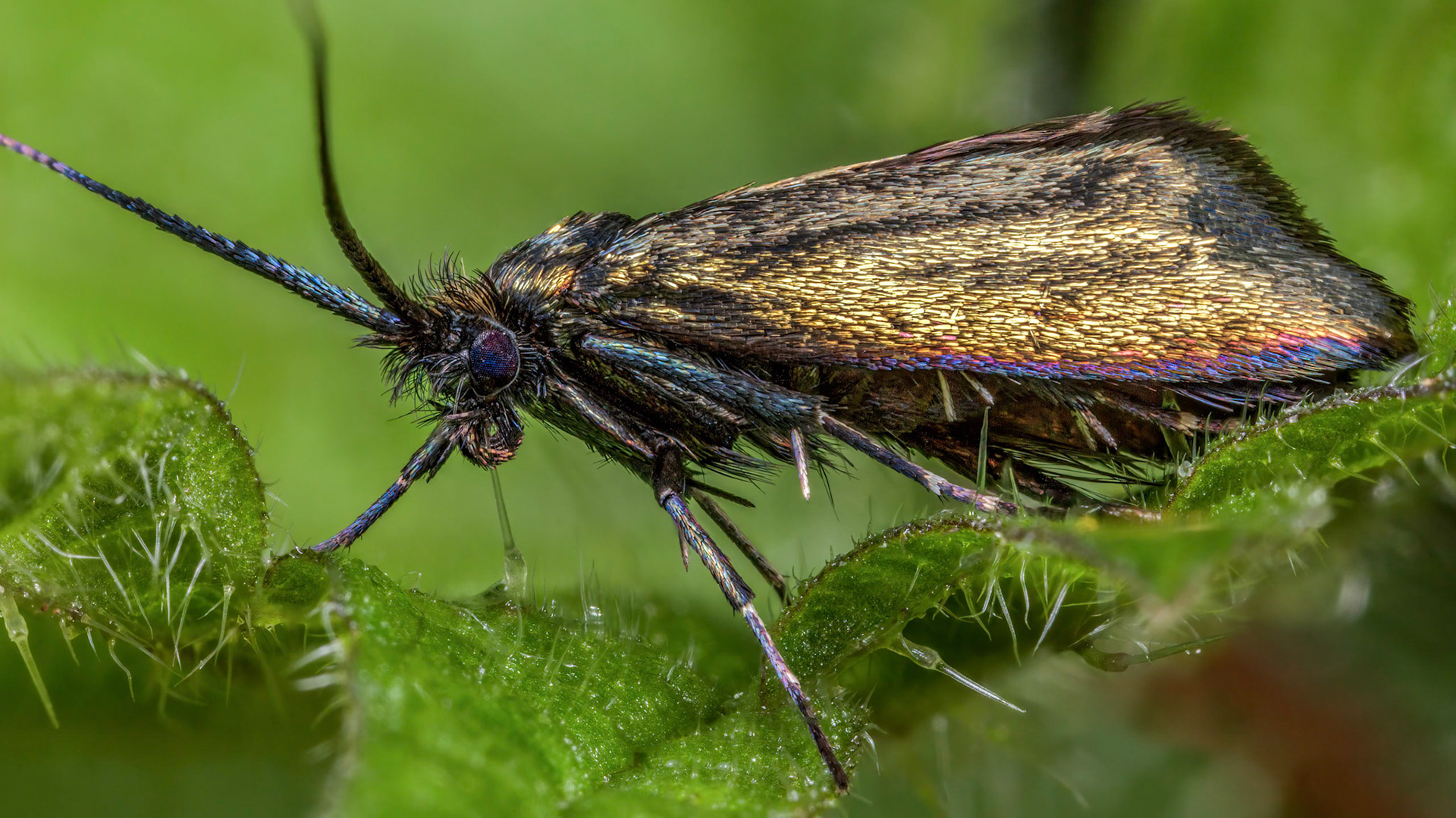








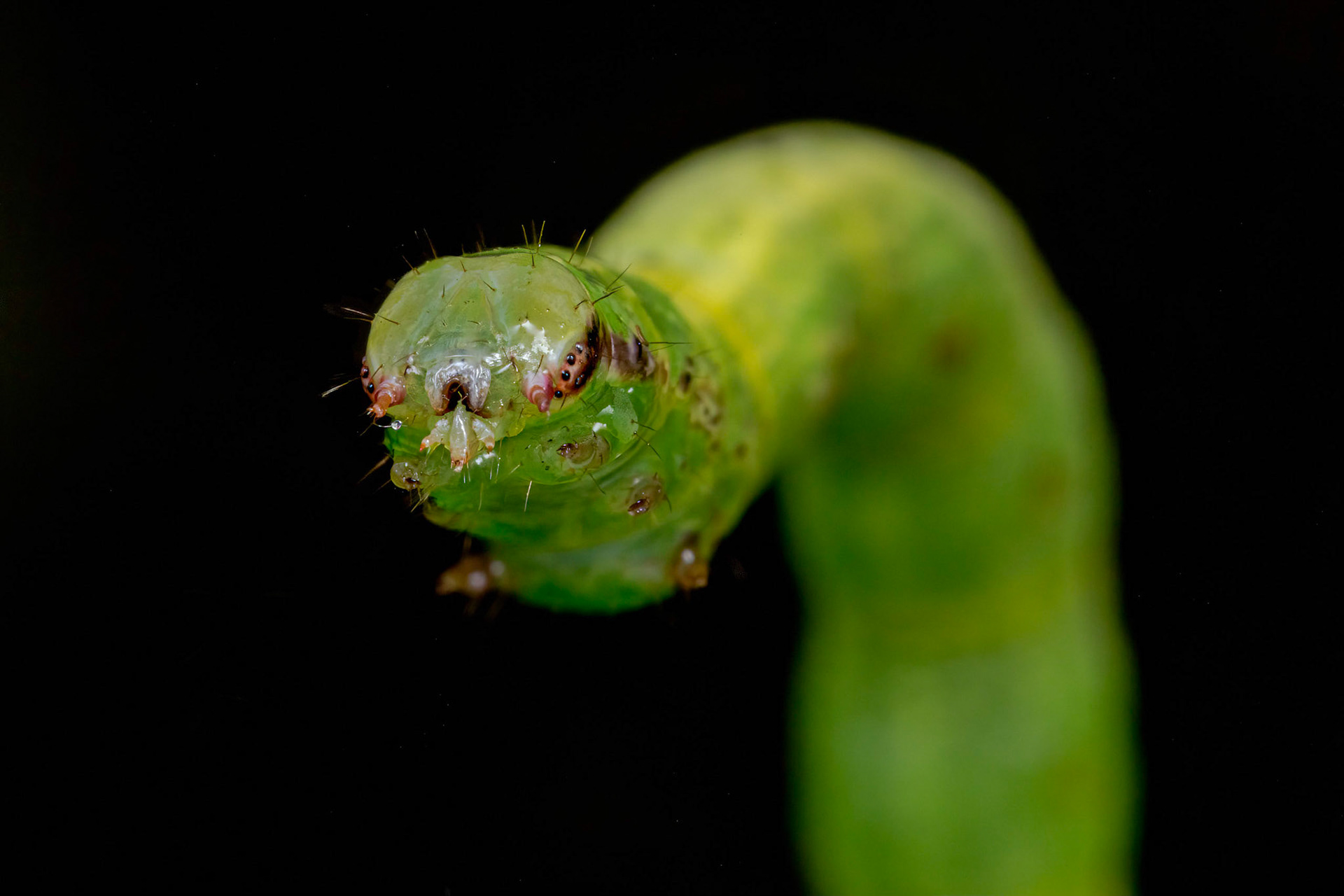
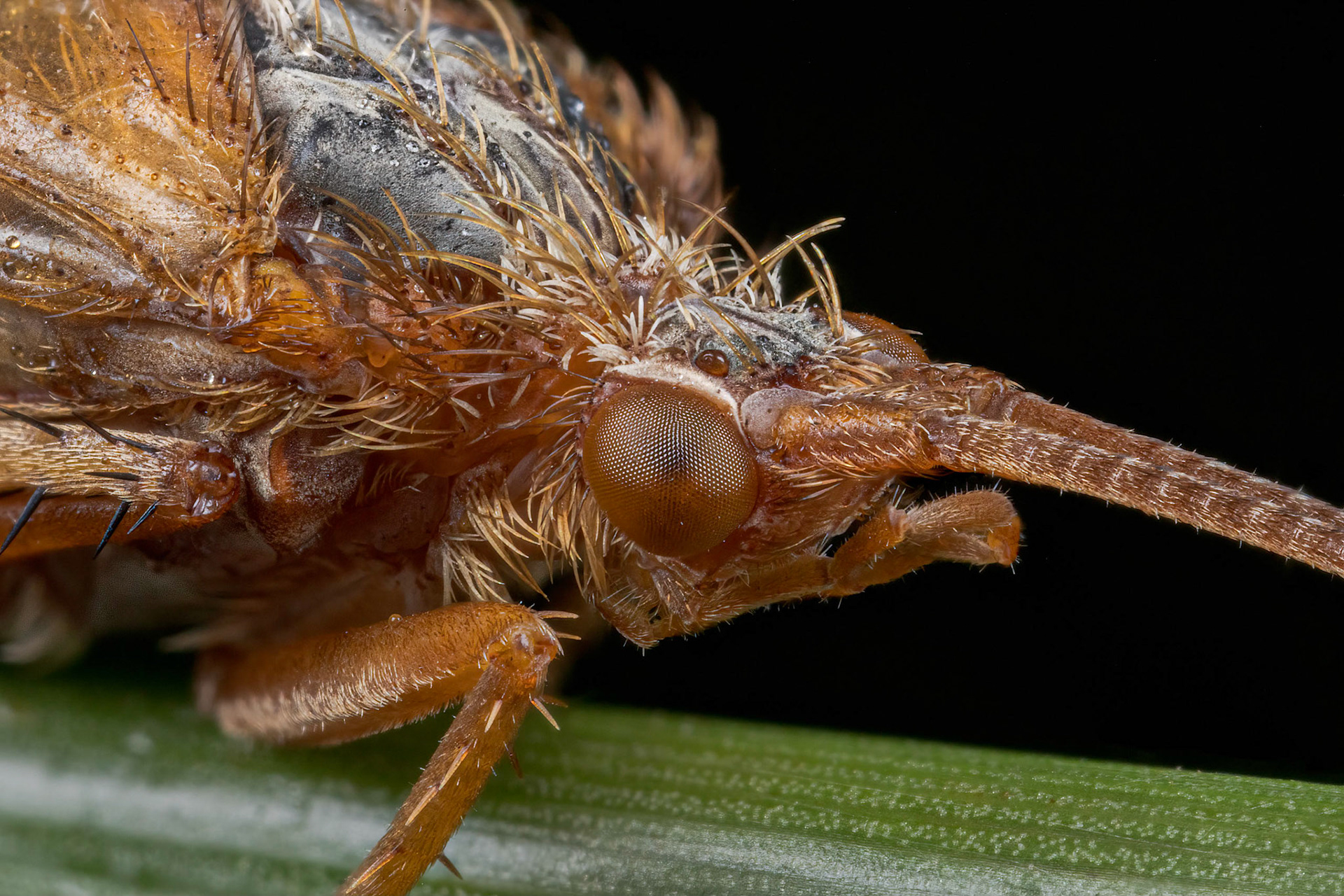

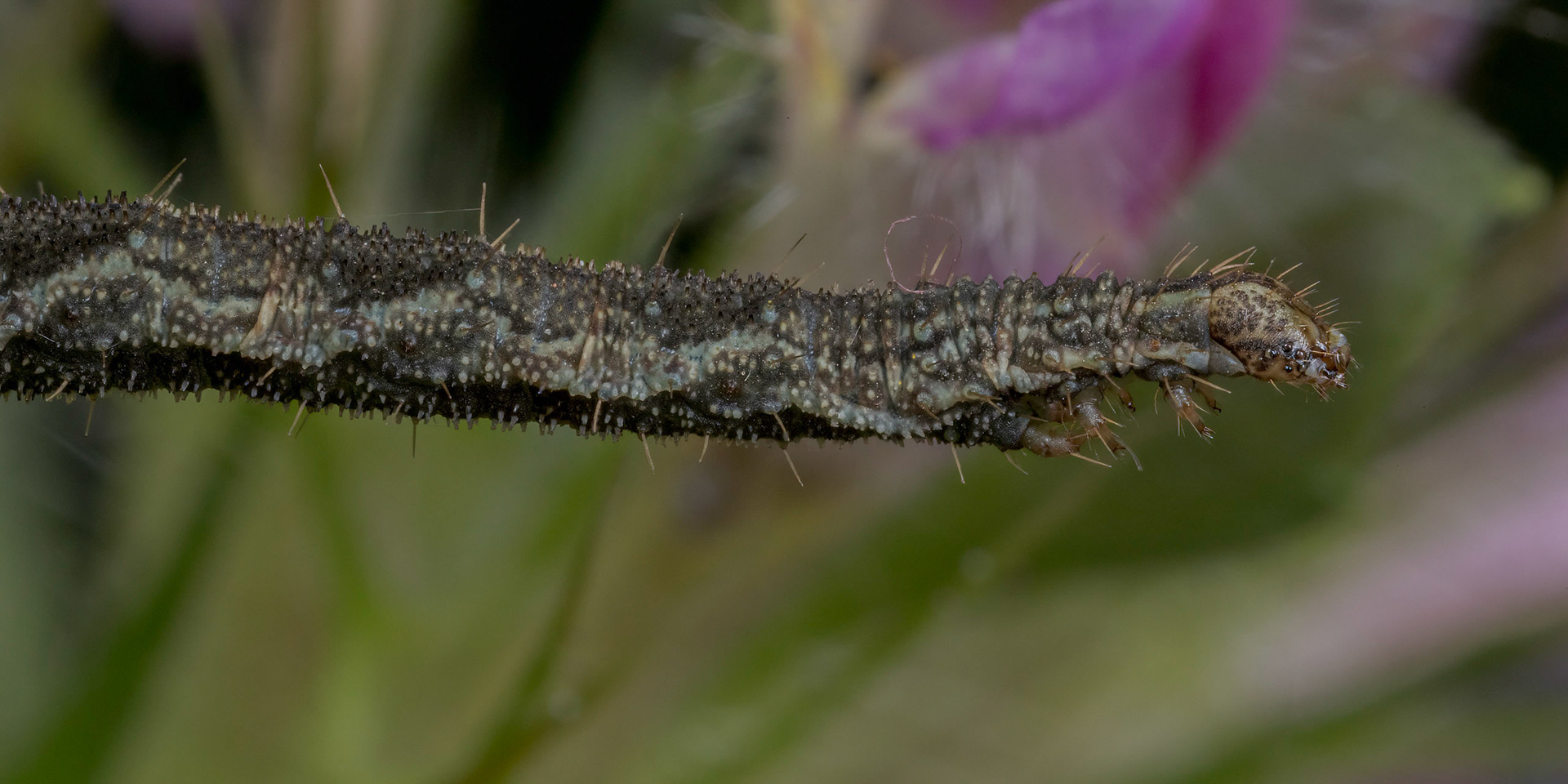



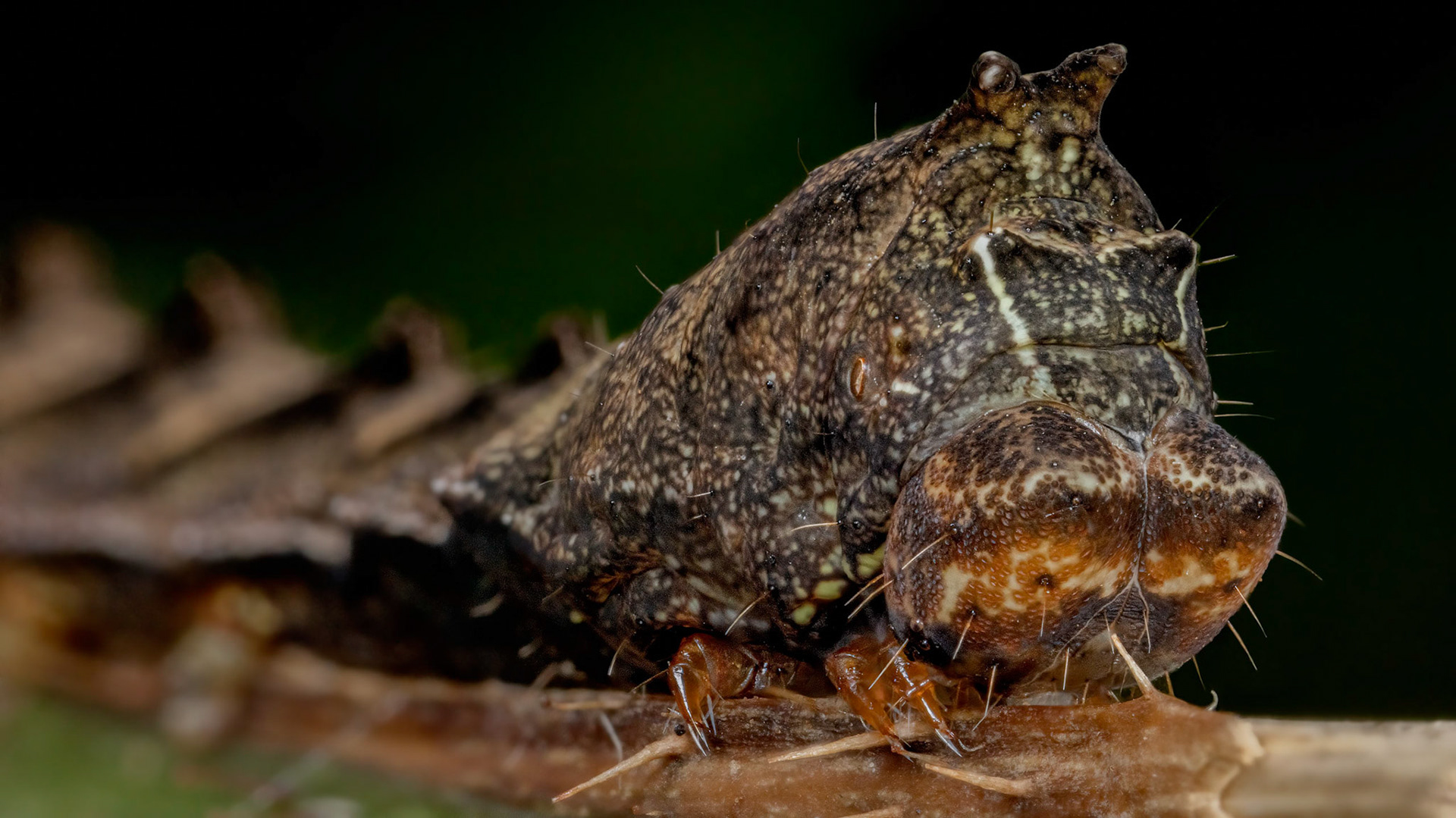






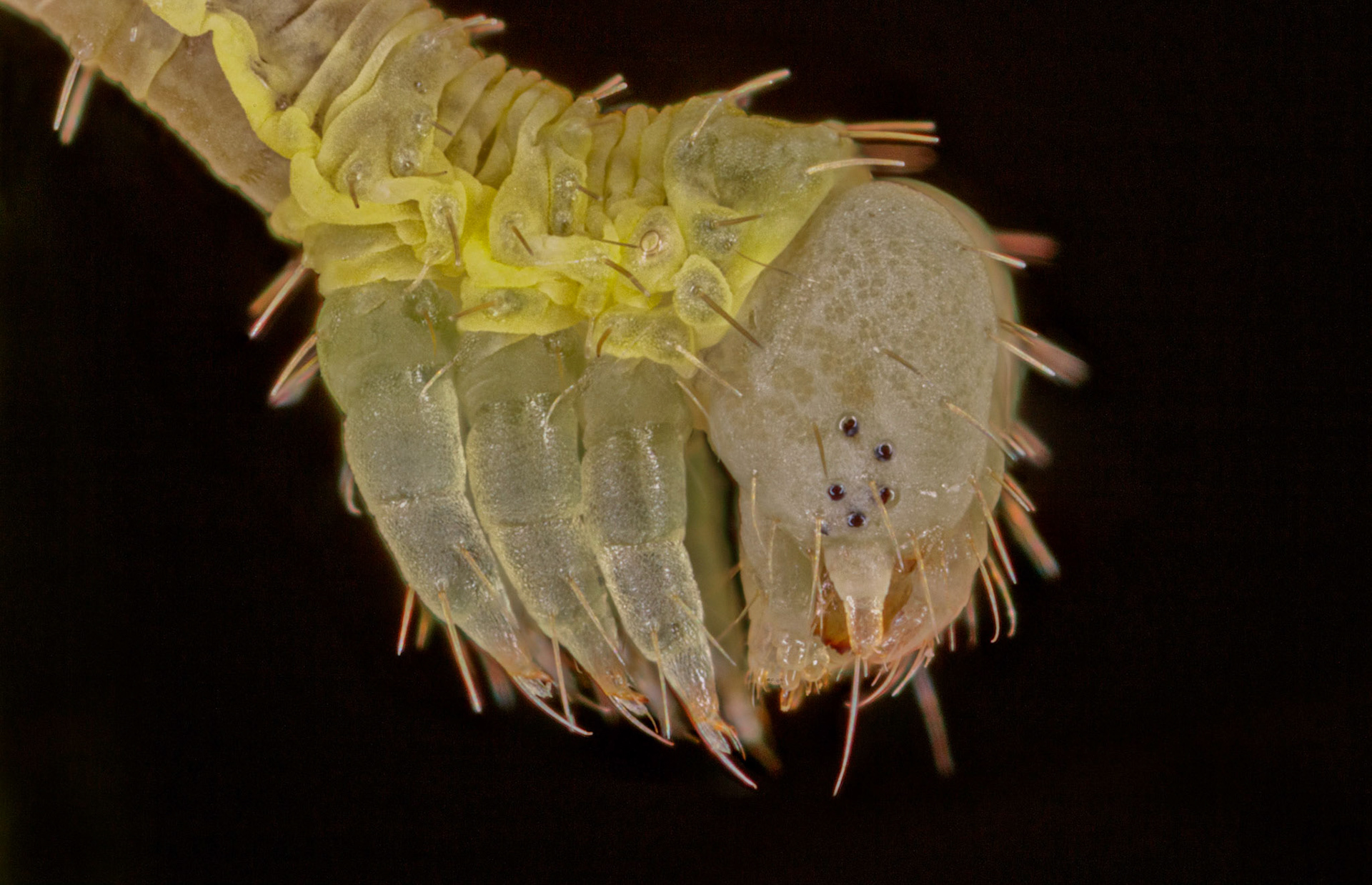

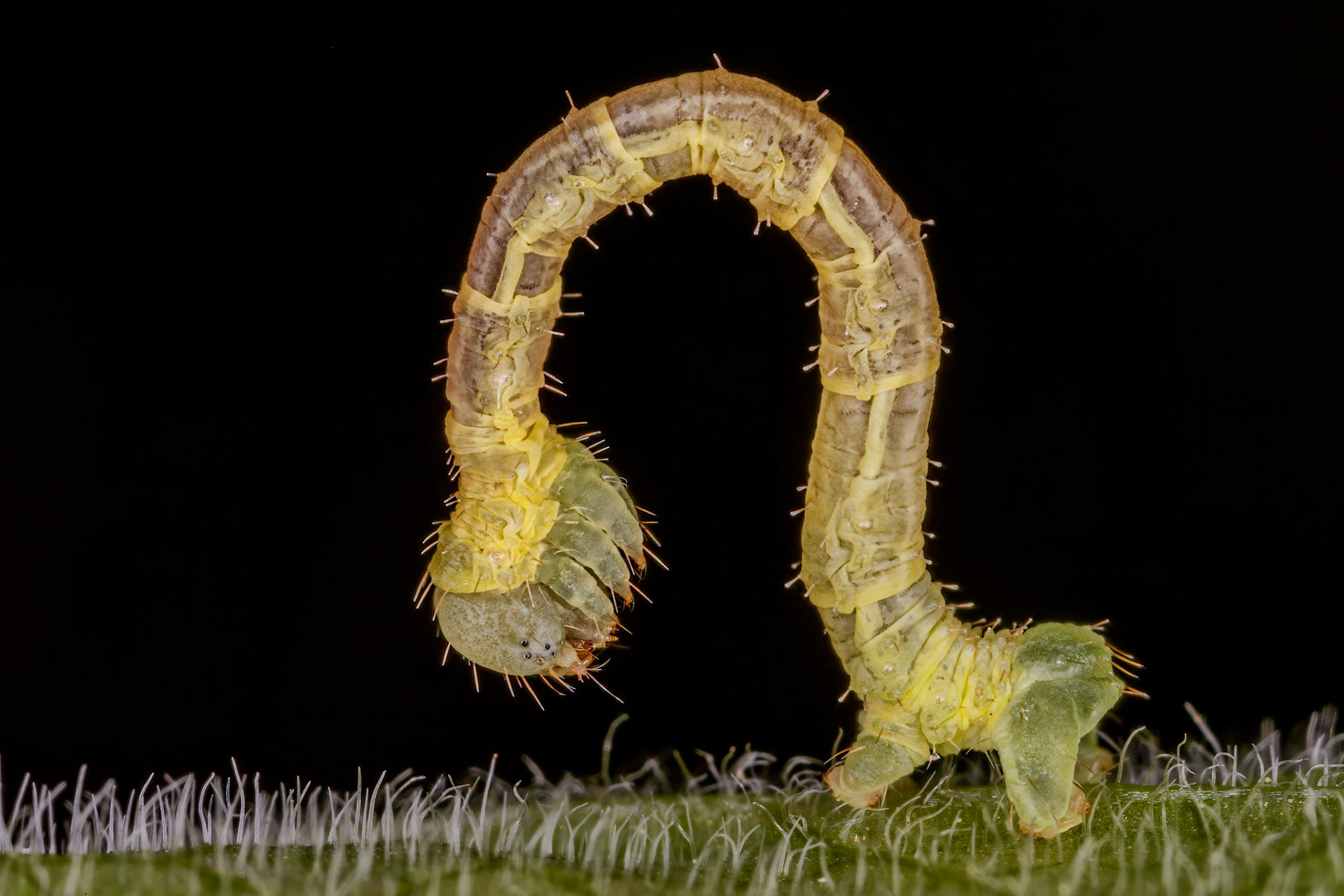













![Eriocrania subpurpurellaOne or 6 moths in the the family of the Eriocraniidae.Photo Stack: 22Crop: 3x2Magnification: 6xOrder: LepidopteraSuborder: GlossataInfraorder: DacnonyphaHinton, 1946 sensu Minet, 2002[1]Superfamily: EriocranioideaFamily: EriocraniidaeEriocraniidae is a family of moths restricted to the Holarctic region, with six extant genera. These small, metallic moths are usually day-flying, emerging fairly early in the northern temperate Spring. They have a proboscis with which they drink water or sap. The larvae are leaf miners on Fagales, principally the trees birch (Betula) and oak (Quercus) but a few on Salicales and Rosales.https://en.wikipedia.org/wiki/Eriocraniidaehttps://www.ukmoths.org.uk/thumbnails/eriocraniidae](https://cdn.myportfolio.com/f711de65-d8e4-42a4-a61c-cb0b29385449/5f1e5e63-7214-4d7b-b21a-dbb001888cac_rw_1920.jpg?h=60fe946c6f8e664a0000842c782c471a)
![Eriocrania subpurpurellaOne or 6 moths in the the family of the Eriocraniidae.Photo Stack: 22Crop: 3x2Magnification: 6xOrder: LepidopteraSuborder: GlossataInfraorder: DacnonyphaHinton, 1946 sensu Minet, 2002[1]Superfamily: EriocranioideaFamily: EriocraniidaeEriocraniidae is a family of moths restricted to the Holarctic region, with six extant genera. These small, metallic moths are usually day-flying, emerging fairly early in the northern temperate Spring. They have a proboscis with which they drink water or sap. The larvae are leaf miners on Fagales, principally the trees birch (Betula) and oak (Quercus) but a few on Salicales and Rosales.https://en.wikipedia.org/wiki/Eriocraniidaehttps://www.ukmoths.org.uk/thumbnails/eriocraniidae](https://cdn.myportfolio.com/f711de65-d8e4-42a4-a61c-cb0b29385449/3bc490e3-dd4c-454e-a89b-9b7f5771728c_rw_1920.jpg?h=8dfca7ee8e0e17bac5852b17434f8548)
![Eriocrania subpurpurellaOne or 6 moths in the the family of the Eriocraniidae.Photo Stack: 22Crop: 3x2Magnification: 6xOrder: LepidopteraSuborder: GlossataInfraorder: DacnonyphaHinton, 1946 sensu Minet, 2002[1]Superfamily: EriocranioideaFamily: EriocraniidaeEriocraniidae is a family of moths restricted to the Holarctic region, with six extant genera. These small, metallic moths are usually day-flying, emerging fairly early in the northern temperate Spring. They have a proboscis with which they drink water or sap. The larvae are leaf miners on Fagales, principally the trees birch (Betula) and oak (Quercus) but a few on Salicales and Rosales.https://en.wikipedia.org/wiki/Eriocraniidaehttps://www.ukmoths.org.uk/thumbnails/eriocraniidae](https://cdn.myportfolio.com/f711de65-d8e4-42a4-a61c-cb0b29385449/93bde945-2a0f-4f43-a3d7-0355809811d9_rw_1920.jpg?h=9bf50665f1d43e35aff999c4589f1f6d)






